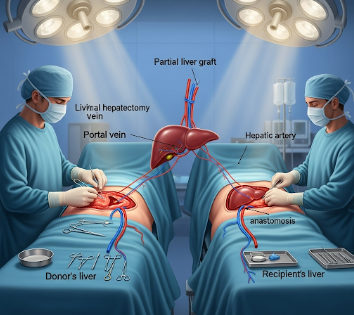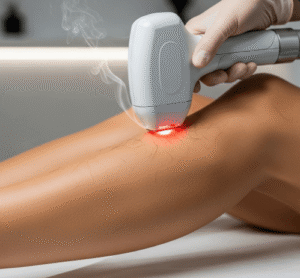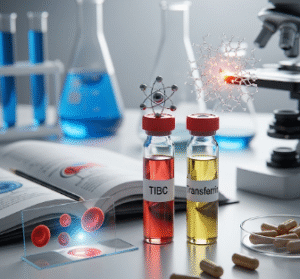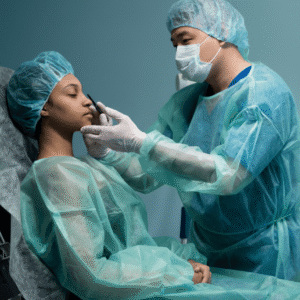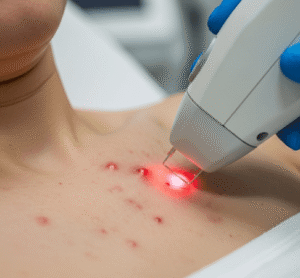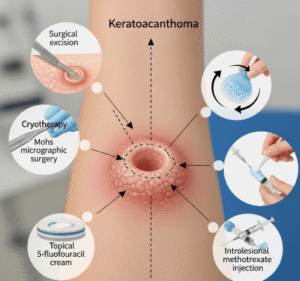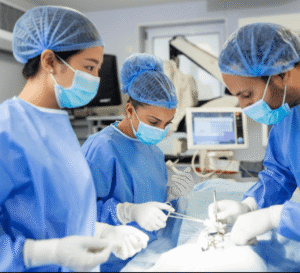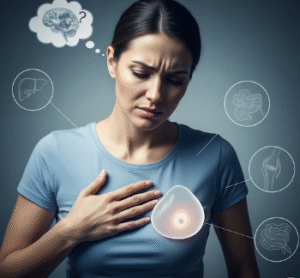Overview
Living Liver Donor & Transplant is a surgical procedure in which a portion of a healthy liver from a living donor is transplanted into a recipient with liver failure or end-stage liver disease. The donor’s liver regenerates over time, making this a viable alternative to deceased donor transplantation.
In Korea, living liver donor transplantation is performed by expert hepatologists and transplant surgeons using advanced surgical techniques, preoperative imaging, and meticulous postoperative care, ensuring safety for both donor and recipient.
Highlights:
- ✅ Provides life-saving treatment for patients with liver failure
- ✅ Donor liver regenerates naturally
- ✅ High success rate with advanced surgical care in Korea
What is Living Liver Donor & Transplant?
This procedure involves removing a portion of the liver from a healthy donor (usually the right or left lobe) and transplanting it into a recipient whose liver is failing. Both donor and recipient livers regenerate over time, restoring full liver function.
Indications include:
- End-stage liver disease due to cirrhosis or hepatitis
- Acute liver failure
- Pediatric or adult patients in urgent need of transplantation
Important: Careful evaluation ensures donor safety, including liver volume assessment, blood tests, and overall health evaluation. Living donor liver transplantation offers the advantage of timely transplantation without waiting for a deceased donor.
What are the benefits?
- Life-saving for recipients: Provides immediate availability of liver tissue
- Shorter waiting time: No dependence on deceased donor availability
- Liver regeneration: Both donor and recipient liver regenerate to near-normal size
- High success rates: Advanced surgical techniques improve outcomes for both parties
Key benefits highlighted:
- ⚡ Timely treatment for urgent liver failure cases
- ⚡ Preserves donor health with careful surgical planning
- ⚡ Enables transplantation for pediatric patients with smaller liver needs
- ⚡ Long-term survival and improved quality of life
Procedure Details
1) How should I prepare for Living Liver Donor & Transplant?
- Preoperative evaluation: Comprehensive blood tests, liver imaging (CT or MRI), and cardiopulmonary assessment
- Donor assessment: Medical and psychological evaluation to ensure safety and suitability
- Consent and education: Detailed discussion of risks, benefits, and recovery for both donor and recipient
- Medication review: Adjust medications as necessary prior to surgery
- Lifestyle preparation: Maintain healthy nutrition, avoid infections, and optimize physical condition
2) What happens during Living Liver Donor & Transplant?
For the donor:
- Anesthesia: General anesthesia administered
- Liver resection: Partial liver (right or left lobe) is carefully removed
- Closure: Incisions closed with sutures or staples, ensuring minimal scarring
For the recipient:
- Removal of diseased liver: Failing liver or part of it is removed
- Transplantation: Donor liver portion is connected to blood vessels and bile ducts
- Verification: Blood flow and bile flow assessed to confirm proper function
Duration: Typically 6–12 hours for combined donor and recipient surgeries
3) What happens after Living Liver Donor & Transplant?
- Recovery monitoring: Both donor and recipient monitored in intensive care for liver function, vital signs, and complications
- Pain management: Medications administered for comfort
- Liver regeneration: Liver volume and function are assessed regularly
- Follow-up care: Frequent imaging, blood tests, and rehabilitation for optimal recovery
Highlights for post-operative care:
- ⚡ Donor: Monitor for pain, incision healing, and liver regeneration
- ⚡ Recipient: Immunosuppressive therapy to prevent rejection
- ⚡ Both: Avoid strenuous activity initially; maintain healthy diet and hydration
- ⚡ Regular follow-ups to ensure long-term health and liver function
Risks / Benefits
Risks (Donor):
- Surgical complications such as bleeding or infection
- Temporary liver function abnormalities
- Pain and prolonged recovery
- Rare long-term complications
Risks (Recipient):
- Organ rejection
- Infection due to immunosuppressants
- Surgical complications including bile duct or vascular issues
Benefits:
- Immediate, life-saving treatment for liver failure
- Liver regeneration ensures long-term function for both donor and recipient
- Reduced waiting time compared to deceased donor transplantation
- High success rate and improved quality of life
Recovery and Outlook
- Hospital stay: Donor 5–10 days, recipient 2–4 weeks depending on recovery
- Full recovery: Donor 6–8 weeks, recipient 3–6 months with rehabilitation and medications
- Long-term outlook: Excellent liver function with ongoing monitoring
- Follow-up: Regular lab tests, imaging, and clinical assessments to ensure liver health
Tips for optimal recovery:
- ✅ Strict adherence to immunosuppressive medications for recipients
- ✅ Healthy nutrition and hydration
- ✅ Avoid infections and strenuous activity initially
- ✅ Regular follow-up visits for both donor and recipient
When To Call the Doctor
- Donor or recipient: signs of infection, bleeding, or severe pain
- Recipient: jaundice, abnormal liver function, or unusual fatigue
- Any post-operative complications or unexpected symptoms
Best Korea Option / Process
Korea offers advanced living liver donor transplantation care:
- Top hospitals: Specialized transplant centers with experienced surgeons
- Advanced diagnostics: Imaging and volumetric analysis for precise donor-recipient matching
- Surgical options: Right or left lobe transplantation with minimally invasive techniques
- Postoperative care: Intensive monitoring, pain management, and rehabilitation
- International patient support: Online consultations, scheduling, and telemedicine follow-up
Step-by-step process in Korea:
- Online consultation and evaluation of donor and recipient suitability
- Preoperative medical and psychological assessment
- Living donor partial liver resection and recipient transplantation performed by expert surgeons
- Postoperative monitoring and early rehabilitation
- Long-term follow-up for liver function, regeneration, and overall health

